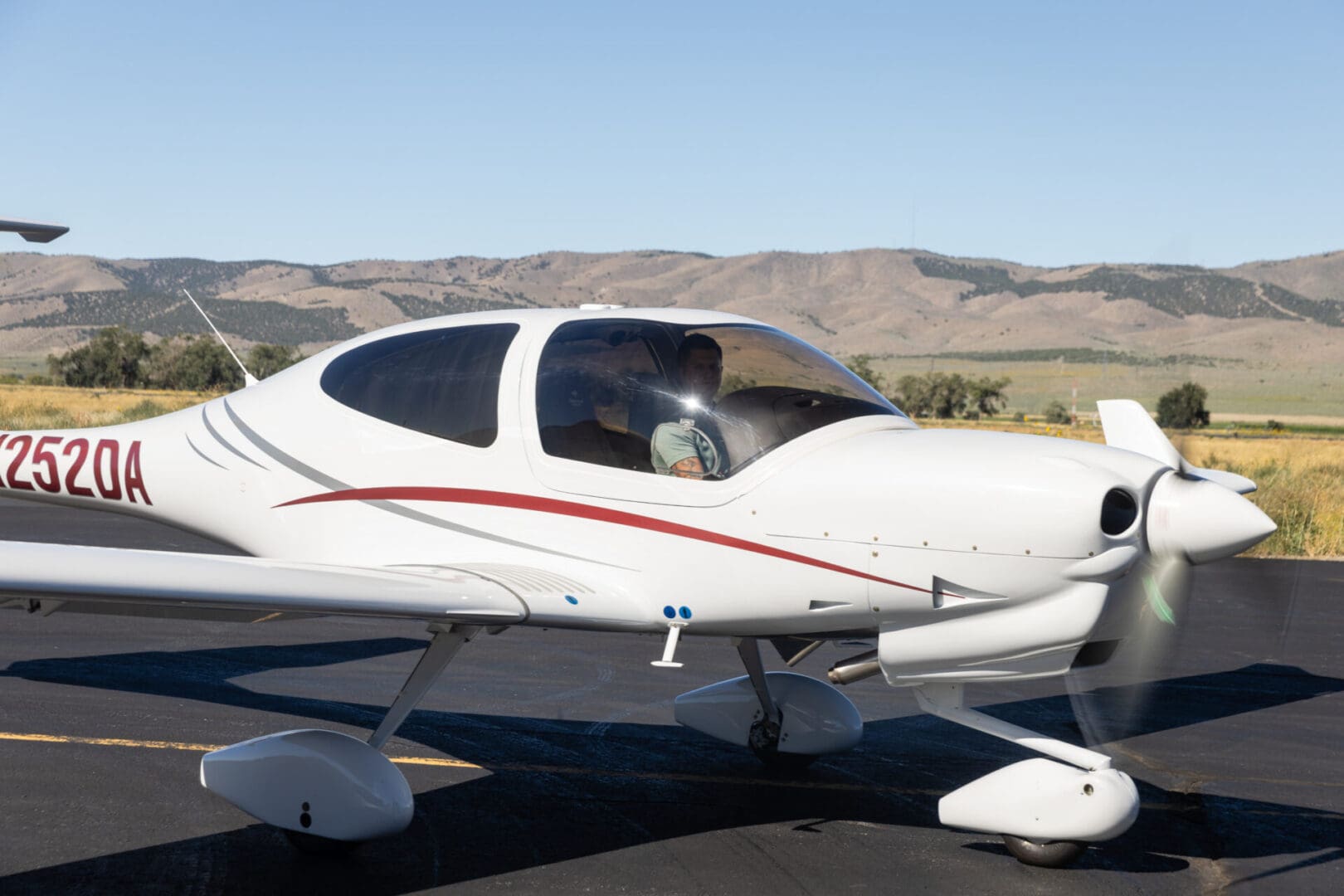
Navigating the Skies: Sport Pilot vs. Private Pilot Licenses
When it comes to the world of aviation, understanding the differences between various pilot licenses is crucial. Whether you’re pursuing your passion for flight, considering a career change, or simply want to experience the thrill of flying, choosing the right license is a key decision. In this blog post, we’ll explore the distinctions between a sport pilot license and a private pilot certificate, helping you make an informed choice about your aviation journey.
Applicable Aircraft Categories
Let’s begin with the aircraft you can operate. A sport pilot license comes with certain limitations. Sport pilots are limited to flying light sport aircraft, typically two-seaters, with a maximum certified gross weight of 1,320 lbs. These aircraft are not equipped with retractable landing gear.
On the other hand, private pilots enjoy greater flexibility. They can operate aircraft with a maximum certified gross weight of 12,500 lbs. Private pilot certificate holders can even fly aircraft with retractable landing gear, provided they have received the necessary flight training. Many private pilots expand their horizons by pursuing additional training and instrument ratings, allowing them to pilot different aircraft categories and navigate through instrument flight rules during adverse weather conditions.
Taking Passengers Onboard
For those who enjoy flying with company, this is an important distinction. Sport pilots can only carry one passenger due to the limited seating capacity of their aircraft. Private pilots, on the other hand, have the privilege of carrying multiple passengers, depending on the type of aircraft they’re operating.
Flying at Night
Nighttime flying can be a magical experience, but it’s not an option for sport pilots. They are restricted from flying at night. In contrast, private pilots can take to the skies after dark, as they have received nighttime flight training during their certification process.
Approved Airspaces
Airspaces vary in complexity, and your license determines where you can fly. Sport pilot certificate holders are primarily restricted to Class G and E airspaces. If they wish to venture into Class B, C, or D airspaces, they must undergo special flight training and obtain an endorsement from their flight instructor. Class A airspaces are off-limits to sport pilots.
Private pilot certificate holders, on the other hand, enjoy greater access. They can navigate in nearly all airspaces, except for Class A. Furthermore, if a private pilot obtains an instrument rating, they gain access to all airspaces, including the complex Class A.
Path to Excel
For sport pilot certificate holders with ambitions to soar higher, there’s good news. Transitioning to a private pilot certificate is an exhilarating yet cost-effective path. By completing advanced training and passing the FAA medical exam, sport pilots can upgrade to private pilots. This route requires less time, effort, and cost, as the sport pilot certificate lays a solid foundation.
Recreational Pilots
It’s worth mentioning that there’s a middle ground between sport and private pilots known as recreational pilots. Sport pilots can opt for a recreational pilot’s license before pursuing a private pilot certificate. This offers a step-by-step progression towards more advanced flying.
In conclusion, the choice between a sport pilot license and a private pilot certificate hinges on your aviation goals. If you’re seeking a license for recreational flying in light aircraft, with no plans for night flying, a sport pilot certificate is an ideal starting point. However, if you aspire to explore a wider range of aircraft, airspaces, and flying conditions, pursuing a private pilot certificate is the way to go. The skies are waiting – choose your path and embark on your aviation adventure.
